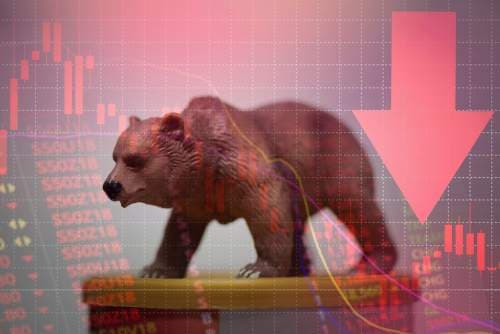
The Federal Reserve is sitting on a time bomb…
It has over $468 billion in unrealized losses.
That reflects assets on the balance sheet that are trading for much lower than what the bank paid for them.
Yes, that’s the Fed’s the job as “lender of last resort.” They buy stressed assets, swap them out with higher-quality ones, and then either absorb the loss or wait for prices to improve.
But here’s trouble. The Fed isn’t alone in holding unrealized losses.
The commercial banking system also saw its unrealized losses soar as the Fed started hiking interest rates in 2022. Three of the largest bank failures in US history occurred between March and May 2023.
It got so bad, so quickly, the Fed discontinued the data partway through the year:

America’s banks were in trouble before the Fed finished hiking interest rates – so much so that
the central bank discontinued reporting the data.
Silicon Valley Bank (SVB) – the second-largest bank failure in U.S. history in 2023 – grabbed the most headlines.
SVB had total losses of $16.1 billion alone—nearly 25% of the losses reported in 2022 a year earlier.
Today, with interest rates still relatively high, commercial banks continue to sit on massive losses.
The Fed’s existence is a paradox…
On paper, it’s supposed to smooth out economic cycles.
In reality, it tends to exacerbate them. Each crisis that brews is larger and more far-reaching than the last.
Since the 1987 crash, each crisis—which should be a time to clear out bad debts and start fresh—has been covered up with more and more freshly printed money.
Only this time is different.
The Fed became insolvent for the first time in its history in September 2022.
The crisis is coming to a head.
~ Addison



